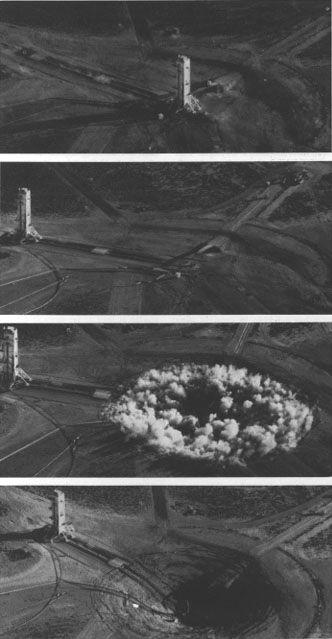If I have interpreted this article right the S1 Thermonuclear device was in an L shaped shaft that was 200 meters deep and then ran off to one side for 120 meters. (The other interpretation is that the shaft was 120 meters deep). I am assuming the former - i.e 200 meters deep and going off to one side for a further 120 meters at a depth of 200 meters.dinesha wrote:The real Pokhran story
http://www.expressbuzz.com/edition/stor ... wcg==&SEO=At the White House site (S2 where the dud thermonuclear device was placed), if we are to go by what the scientists led Chengappa to believe, it was placed at a depth of 200 metres (page 427)
<snip>
At the bottom of the second shaft, a kilometre away, was the thermonuclear weapon. It had a fission-based trigger. The second stage was the fusion weapon. The shaft ran more than a 120 metres into the ground. At the bottom it veered slightly to the left, making an ‘L’. After the turn it ran for a further five metres, called an adit. The small tunnel was about six feet high, high enough for a person to stand. The width was about three metres. To get the men and materials into the shaft there was a winch that was suspended from an A Frame run by a diesel motor. The entire shaft was cased and shielded by a thin steel casing of .3 mm. This was to prevent or reduce seepage from subterranean streams that could mess up the wiring, among other things.
If that is the case- and surface disturbance and crater if any should form with its center at a spot 120 meters away from the shaft and winch. The wrong place to look for a crater would be at the site of the vertical shaft and winch. Any crater must form directly above the explosion cavity and if that cavity is 120 meters away from the bottom of the vertical shaft then the intact winch means nothing. It means only what Sublette said 10 years ago - the test could have been a fizzle but a sizzle can't be ruled out.
